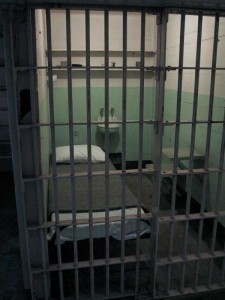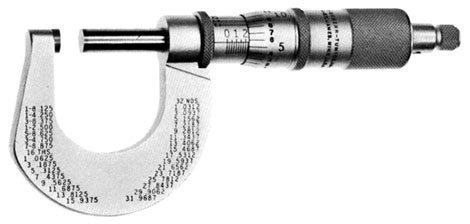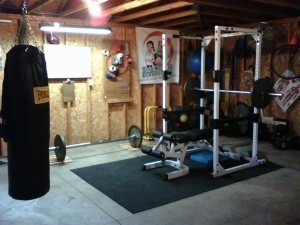Dimensions of a Jail Cell
A confined space where prisoners are detained, a jail cell is  sometimes called a holding cell or a prison cell. Commonly, it only has a single door, plus the wall is usually made from either brick or plastic. In Great Britain, police stations have cells with every door equipped with a sliding hatch. The primary purpose of this important feature is to give police officers the capacity to observe the prisoners inside the cells. In addition to these basic facts, it is also good to know the standard dimensions of a jail cell.
sometimes called a holding cell or a prison cell. Commonly, it only has a single door, plus the wall is usually made from either brick or plastic. In Great Britain, police stations have cells with every door equipped with a sliding hatch. The primary purpose of this important feature is to give police officers the capacity to observe the prisoners inside the cells. In addition to these basic facts, it is also good to know the standard dimensions of a jail cell.
The Standard Size of a Jail Cell
The standard size of jail cells is 6 feet by 8 feet. To prevent prisoners from escaping, every cell is equipped with heavy-duty door locks, which can only be opened from the outside. The different fixtures and furnishings available inside are designed not to be broken easily. Stainless steel lavatories are anchored firmly in place, whether on the floors or on the walls. With this, prisoners are prevented from making weapons. Furthermore, the possibility of vandalism is greatly reduced.
Additional Facts and Other Interesting Details
Jail cells are configured differently depending on a wide variety of factors, one of which is the level of security necessary for the type of crimes committed. Supermax facilities have bigger cells, the purpose of which is to provide segregated long-term housing for high security risks prisoners. These control unit prisons contain the worst criminals who pose the biggest threats to national security. Examples of this particular type of prison include the Mount Olive Correctional Complex in West Virginia, the Riverbend Maximum Security Institution in Tennessee as well as the Ionia Maximum Correctional Facility in Michigan.
In order to prevent detainees from doing any kind of violence or criminal act inside the prison, different kinds of security measures are carried out. These include the use of restraints, CCTVs and guards. Rules are set to make prisons more orderly, whether it is a federal prison, a county jail or just a local police station. Prisoners are usually apprehended when they violate such important rules and protocols.
In the United Kingdom, the Custody Sergeant is responsible for the cells that are found inside the police station. This officer must log the detainees and allocate them to the different cells available. According to the terms of the Human Right Acts, this officer must also keep cells germ-free and clean for the welfare of prisoners. The term ‘single-celling’ refers to the practice of allocating only a single prisoner to a single jail cell.





